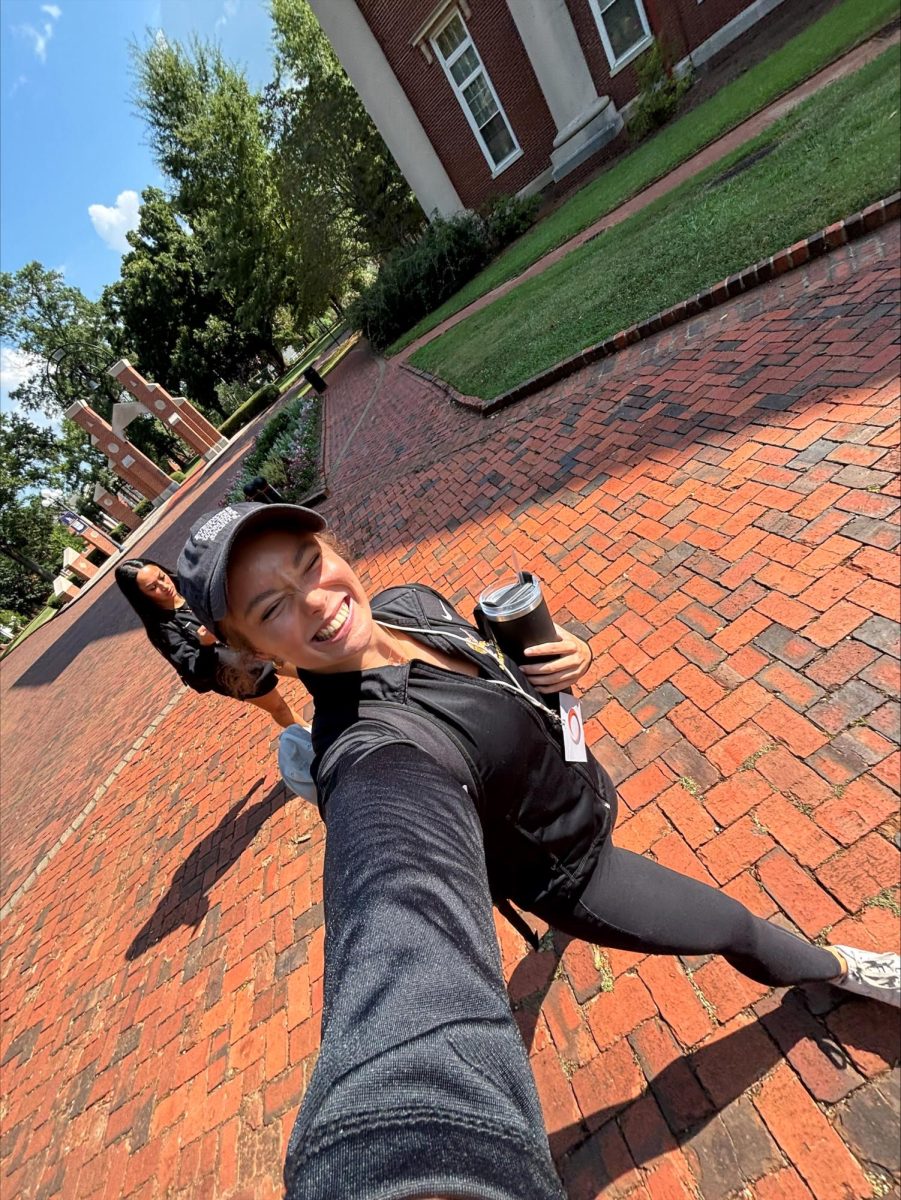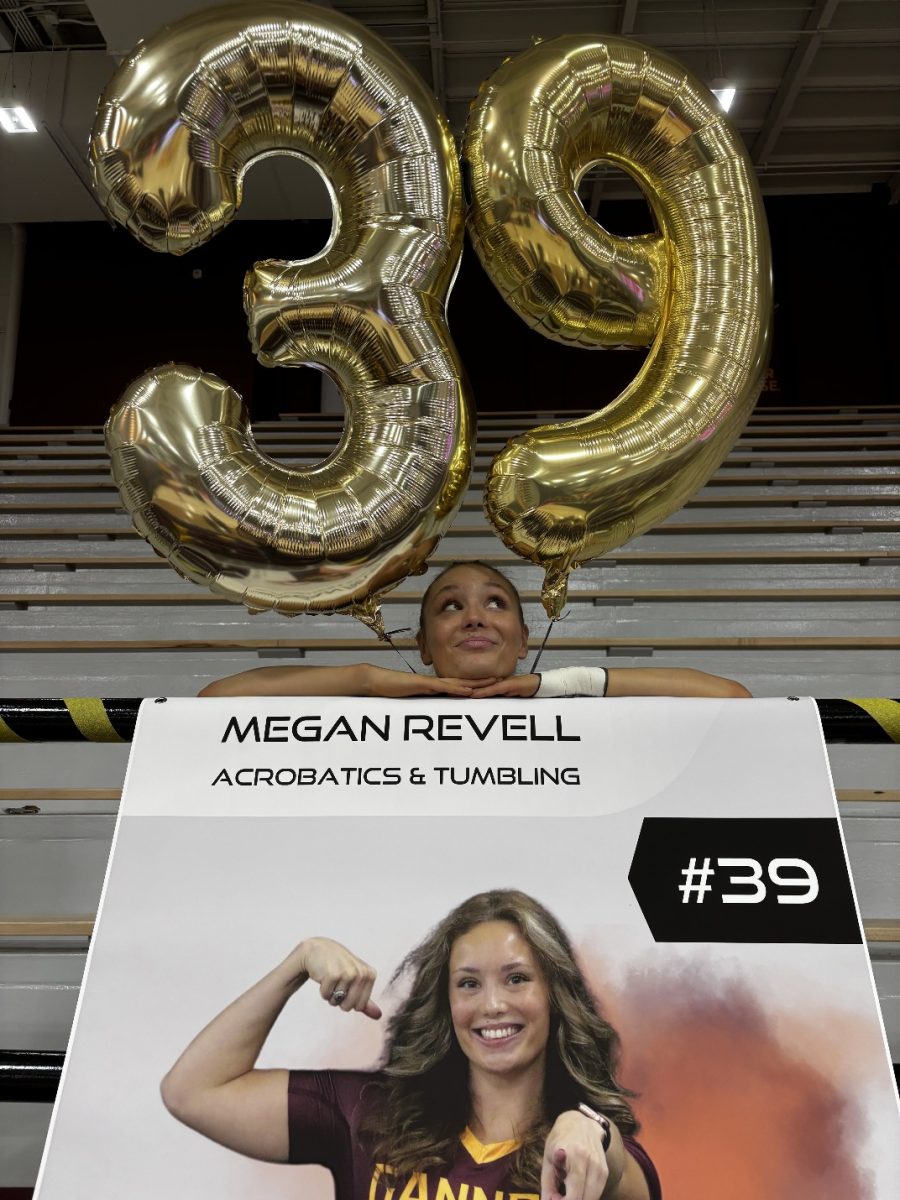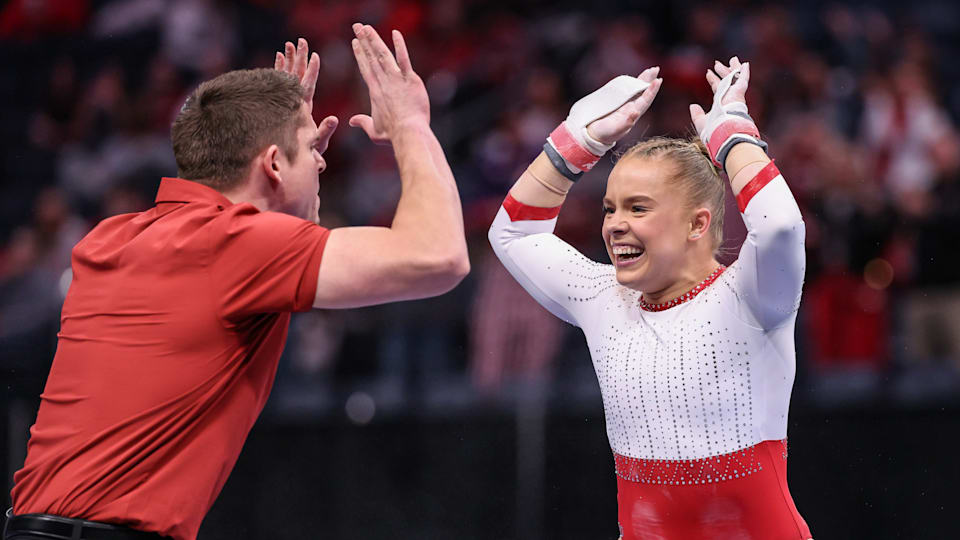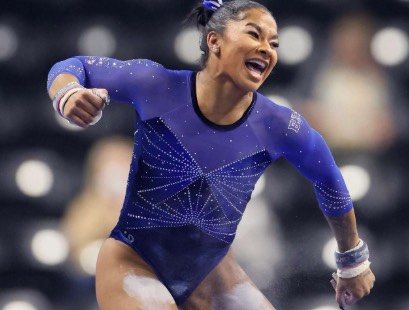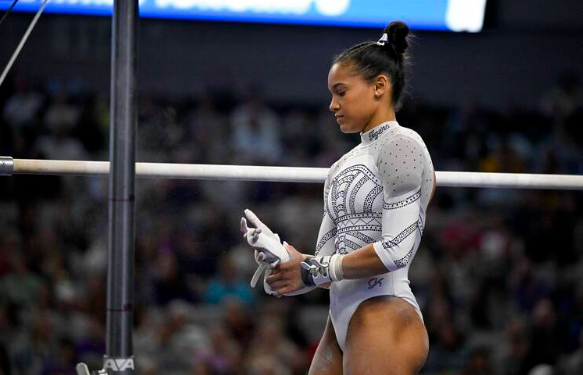September 5, 2025/Midnight
Erie, PA. – “Across all NCAA women’s sports, the number of female head coaches is increasing, but slowly. During the 2022–23 academic year, only 41 percent of women’s teams and 6 percent of men’s teams across all NCAA divisions had a female head coach, up from 39.8 percent and 3.9 percent in 2013” (Wade, Fast Women, 2024).
It appears that at the turn of a new athletics season, and new year in the NCAA, there’s a new obstacle to wrestling mentally over. In most recent seasons it has been an amalgamation of the transfer portal, NIL (Name, Image, and Likeness), and even athletic pay for play. These can all add up to being severely frustrating for all those involved within college athletics, at any division or institution. So why do people continue to go into coaching? If it can be such a taxing, unreliable job… why is there still an outstanding market and passion for it?
The case is especially relevant for women’s college athletics and women coaches. “The U.S. Department of Education’s Equity in Athletics Data Analysis tool provides UR’s total coaches’ average compensation data from 2003 to 2021. Within those years there has been a consistent wage gap between head coaches running women’s teams versus men’s teams, the salary data shows- According to the database, universities across the nation follow a similar trend. At William and Mary, a public university, coaches of men’s teams on average made $49,286 more in 2021 than head coaches of women’s teams” (Chetia, The Collegian, 2023).
There is an understandable difference, or even an outlier if you will, comparing the salary of the head football coach at an SEC school to the head coach of a division iii acrobatics and tumbling team. Again, what then ignites the fire for females to continue their careers in coaching?
This past July I had the honor of attending the 2025 NCATA coaches’ summit at the University of Montevallo in Alabama. Not only was it informative, but it was also truly inspiring. Getting the opportunity to listen to successful coaches who were once “just like us,” struggling with the transition from being an acrobatics and tumbling athlete to a head/assistant coach of their own program.
I firmly answer the question to why we coach, or more specifically why women continue to fight and coach in college athletics with the reflection of Fee Mulkey, the head coach of the 10-time NCATA National champion teams (Oregon, Baylor).
She was clear that the road was never easy. From roadblocks with administration, simply proving that acrobatics and tumbling was a legitimate sport, and struggles with her own coaching philosophy. However, women’s sports are the future. Especially with acrobatics and tumbling, this is a sport built by women, for women. She beautifully demonstrated that in less than 20 years women have built an opportunity for an undervalued and often overlooked group of athletes. Coast to coast young female athletes now can receive a scholarship, continue their higher education, their athletic pursuits, and even pursue coaching after graduation.
Because the work will truly never be done, that is why we coach. I am entering the collegiate coaching world because from the bottom of my heart I love this sport, and I know I have the freedom to assist in history.


